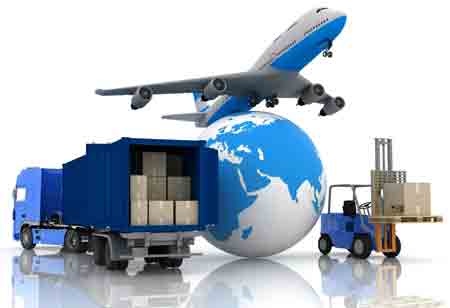THANK YOU FOR SUBSCRIBING
THANK YOU FOR SUBSCRIBING

By
Logistics Transportation Review | Friday, April 28, 2023
Stay ahead of the industry with exclusive feature stories on the top companies, expert insights and the latest news delivered straight to your inbox. Subscribe today.
HGLs may get manufactured in quantities that exceed the various modes of conveyance used to transport them to customers.
FREMONT, CA: Hydrocarbon gas liquids (HGLs) derived from natural gas or manufactured in oil refineries can be transported via pipelines, rail cars, vehicles, ships, and barges as liquid mixtures or pure HGL products. Most HGLs produced in the U.S. are transported through pipelines from where they are made to where they are used or stored so they can be sent to various locations. Most HGLs transported by pipeline are of Y-grade quality and transported to separation facilities. Pipes transport pure ethane and E-P mixture from fractionation plants to ethylene crackers, where they are used to produce ethylene and other olefins.
Propylene splitters separate impure refinery-grade propylene into polymer-grade and chemical-grade propylene, then sold to petrochemical facilities. Liquefied petroleum gases (LPG) consist of propane, conventional butane, and isobutane. They are transported through specialized pipelines with high vapor pressure (HVP) or as pure products in quantities through pipelines transporting other petroleum products. Propane is the most popular HGL product sold to consumers. It is transported by truck in pressurized tanks to residences, farms, and businesses, where it is used, among other things, as an engine fuel, dry crops, heat spaces, water, and cook.
Special ships are required to transport HGLs, typically LPG, to and from commercial ports in the U.S. The vessels, also known as gas tanks, come in various sizes and have multiple methods for maintaining HGLs in liquid form. The HGLs may be chilled, pressurized, or both. Conventional butane and propane are transported by boat over short distances along navigable rivers and intercoastal waterways. HGLs may get produced in quantities that are too large for the various modes of transportation used to convey them to customers. HGLs may get paid at a different rate than their annual demand.
Underground caves are utilized to contain large quantities of HGLs as pressurized liquids. Most propane storage caverns are carved into salt formations, while others are excavated from shale, granite, or limestone. Large above-ground tanks may be utilized in locations where the geology does not support underground caves. For instance, propane is produced primarily in the same manner throughout the year, but demand is typically lower in the summer and higher in the autumn and winter. When demand for propane is low, propane is stored, and propane is removed from storage when demand is high. HGLs can get transported to customers via rail and vehicle.
I agree We use cookies on this website to enhance your user experience. By clicking any link on this page you are giving your consent for us to set cookies. More info





